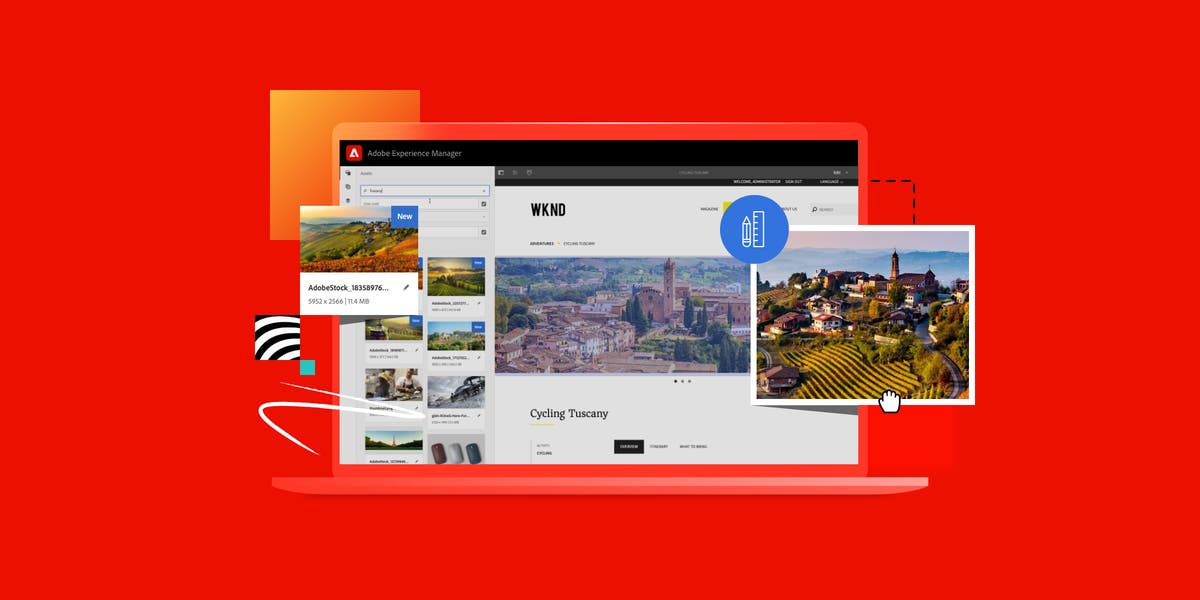In today’s digital era, where users access the internet through an array of devices ranging from smartphones and tablets to laptops and desktops, the need for responsive web design has never been more critical. Responsive web design is the art and science of creating websites that adapt and respond fluidly to the size and capabilities of the device on which they are viewed. By prioritizing flexibility and usability, responsive web design ensures that users have a seamless and enjoyable experience regardless of the device they use.
The Evolution of Web Design
Gone are the days when websites were primarily designed for desktop computers with fixed screen sizes. With the advent of mobile technology, the landscape of web design has undergone a profound transformation. Today, users expect websites to be accessible and functional on any device, whether they’re on the go or sitting at their desks. Responsive web design represents a paradigm shift in how websites are created, shifting the focus from fixed layouts to fluid designs that adapt to the user’s viewport.
Fluid Grids and Flexible Layouts
At the heart of responsive web design are fluid grids and flexible layouts. Instead of specifying exact pixel values for elements such as columns and containers, responsive designs use relative units such as percentages and ems to create layouts that can adapt to different screen sizes. This allows content to flow and reorganize dynamically based on the available space, ensuring a consistent and intuitive user experience across devices.
Media Queries and Breakpoints
Media queries are another essential component of responsive web design. These CSS rules allow designers to apply styles based on various factors such as screen width, device orientation, and pixel density. By defining breakpoints at which different styles should be applied, designers can optimize the layout and appearance of a website for specific device sizes and resolutions. This granular control ensures that content remains readable and accessible regardless of the viewing environment.
Optimized Images and Performance
In addition to layout and styling, responsive web design also addresses performance considerations such as image optimization and loading times. Large, high-resolution images can significantly impact page load times, especially on mobile devices with slower network connections. Responsive designs often employ techniques such as lazy loading and image compression to minimize the impact on performance while still delivering visually appealing content.
User-Centric Approach
At its core, responsive web design is about prioritizing the needs and preferences of the user. By designing with a mobile-first mindset, designers can ensure that the most critical content and features are accessible and easy to use on small screens. As the viewport expands, additional content and functionality can be progressively enhanced to take advantage of the available space. This user-centric approach fosters engagement and satisfaction, ultimately driving conversions and achieving business goals.
Future Trends and Considerations
As technology continues to evolve, responsive web design will remain at the forefront of web development practices. With the rise of new devices such as wearable tech and smart TVs, designers will need to adapt and innovate to ensure that websites remain accessible and functional across a diverse range of platforms. Additionally, the growing emphasis on accessibility and inclusivity highlights the importance of designing with diverse user needs in mind.
In conclusion, responsive web design represents a fundamental shift in how websites are created, emphasizing flexibility, usability, and accessibility across devices. By embracing fluid grids, media queries, and user-centric design principles, designers can create digital experiences that adapt seamlessly to the ever-changing landscape of the internet, ensuring that users can access the content they need, whenever and wherever they need it.




